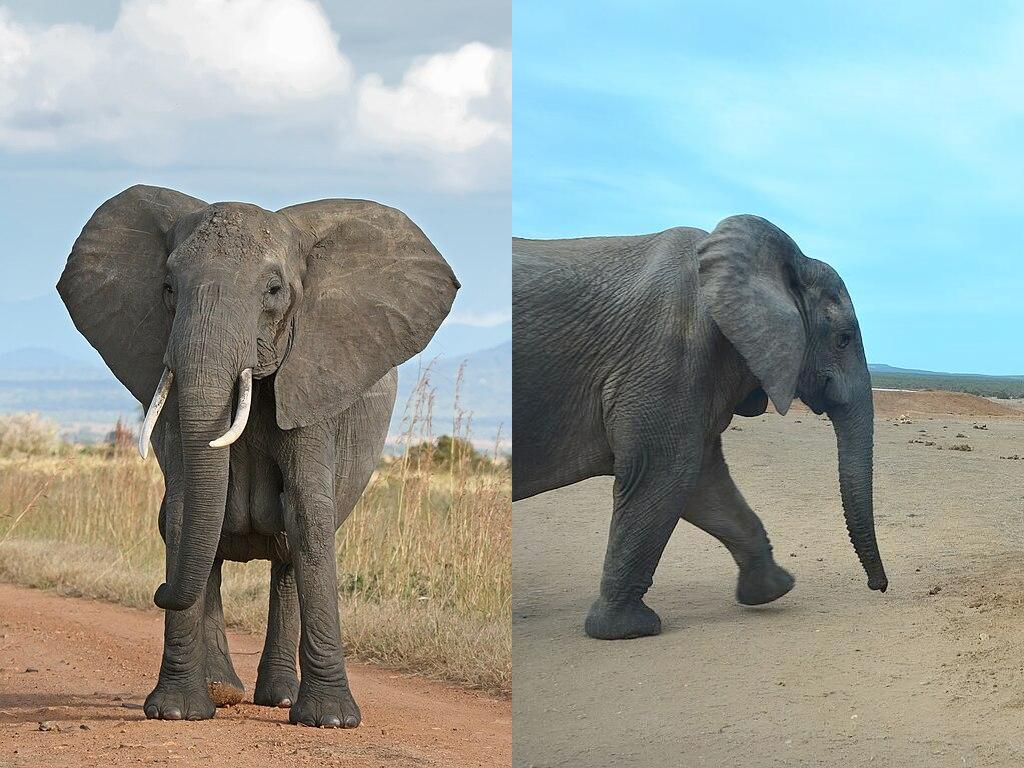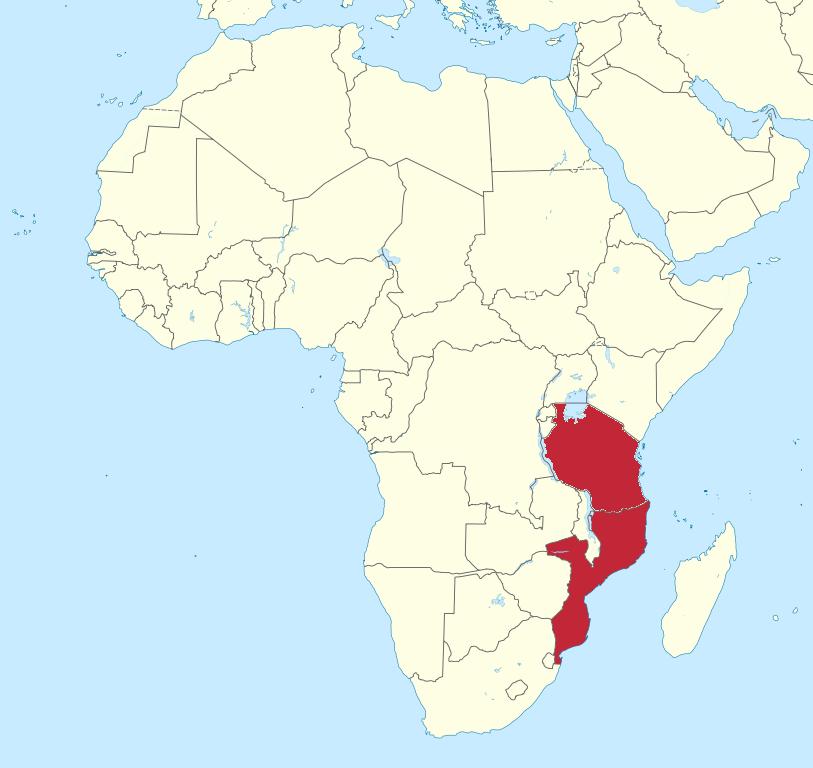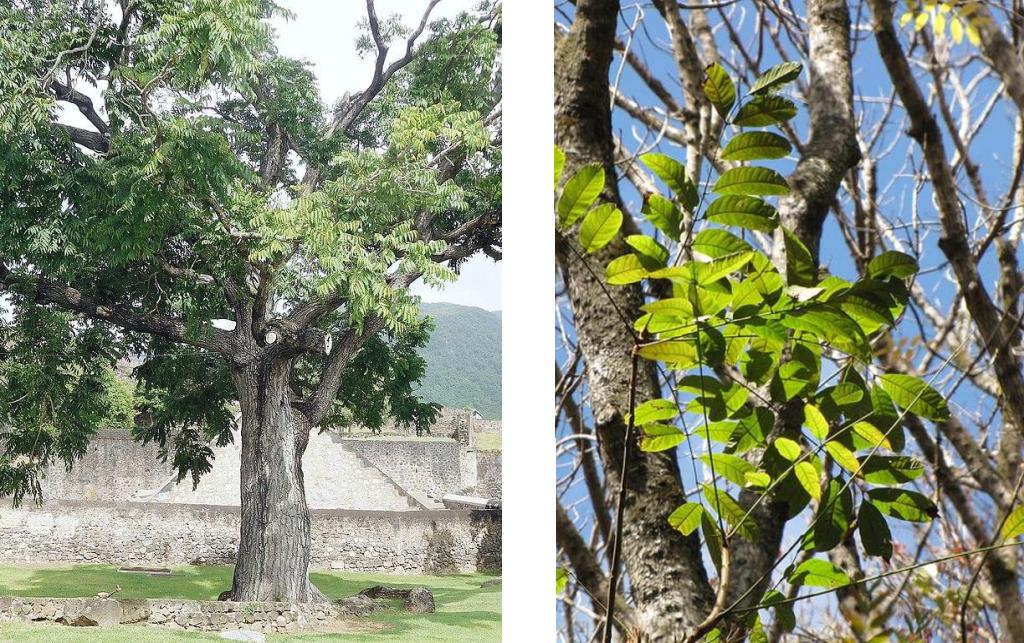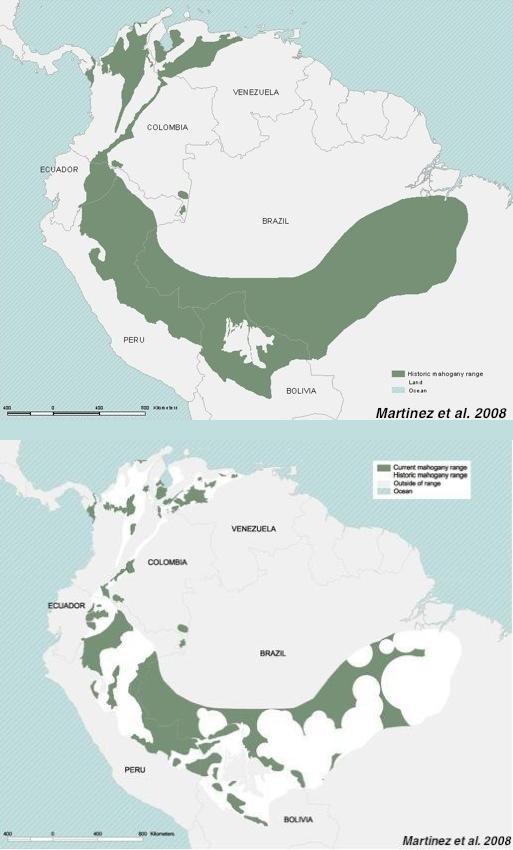
7 January 2025
We’ve often heard and seen how species change their behavior because of humans. Birds now spend the winter near us because of our bird feeders. Mammals originally fled cities, then moved back into them (deer and raccoons). But an article in the Guardian caught my attention when it described physical changes in animals’ bodies wrought by human pressure. Here are two examples.
African elephants without tusks
During the Mozambican civil war, heavy poaching by fighters meant that African savannah elephant numbers plunged by more than 90% in Gorongosa national park. With populations now in recovery and representing one of the most important examples of global restoration, many of the female elephants have no tusks – a consequence of tuskless elephants being less likely to be targeted by poachers, say researchers. The same change has also been recorded in Tanzania.
— The Guardian: Shrinking trees and tuskless elephants: the strange ways species are adapting to humans
The map shows where this has happened: Tanzania (north) and Mozambique (southern half of red area).

Shrinking mahogany trees
Mahogany trees, native to Central and South America, have disappeared from large parts of their historic range. Two of the three species are listed as Endangered yet some individuals survive by adapting. Because the largest trees are always cut down, only the shrubby ones survive and they’re the ones that reproduce. As a result, mahogany trees have shrunk in the wild.

Here’s how human pressure changed the range of Endangered big-leaf mahogany (Swietenia macrophylla) in South America: Historic range at top, 2008 range at bottom.

Elephants and mahogany are just two of six examples described in the article. Read about more species that evolved under human pressure including cliff swallows in Nebraska that have shorter wings at Shrinking trees and tuskless elephants: the strange ways species are adapting to humans.
So many things have changed because of us.